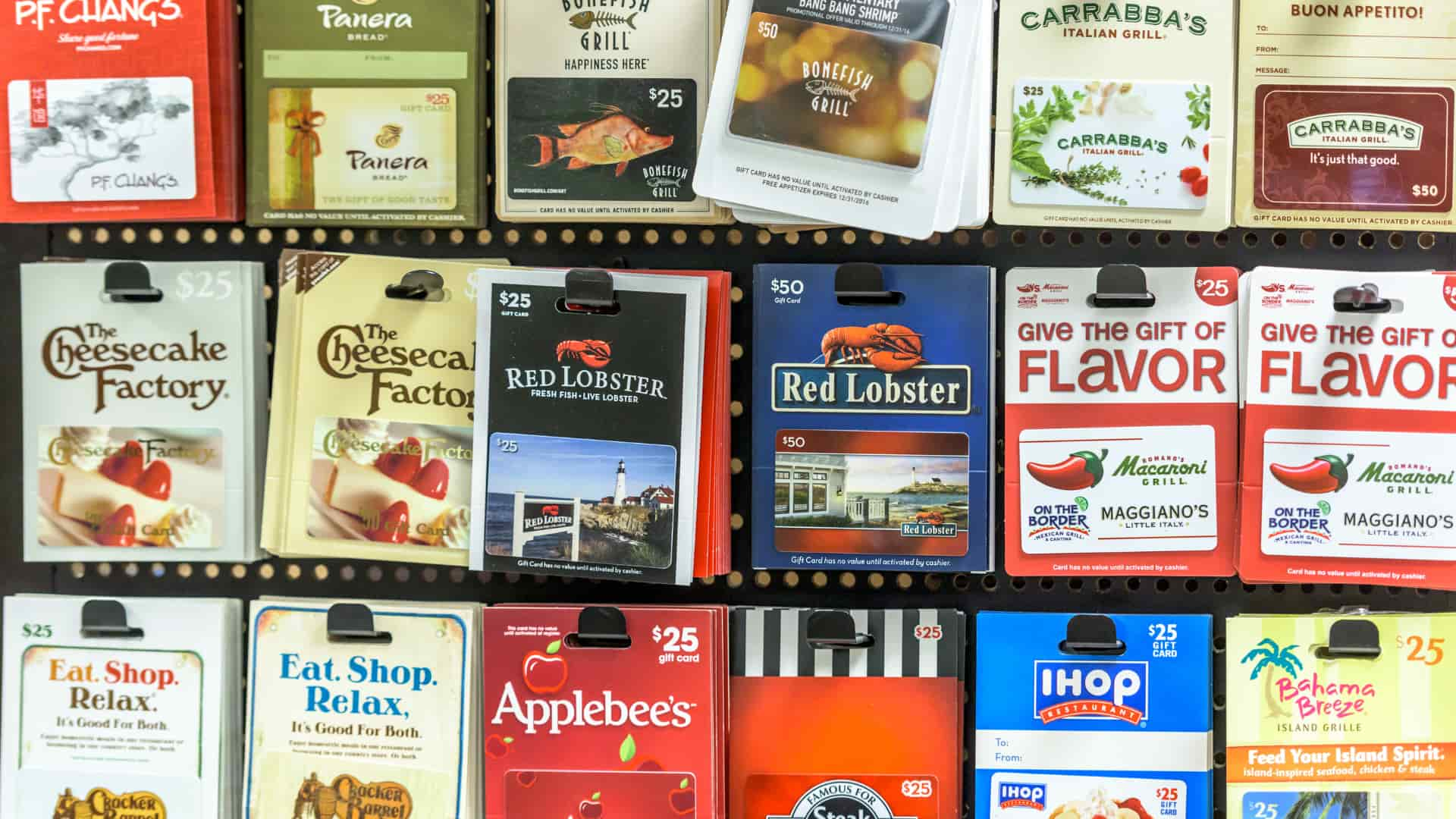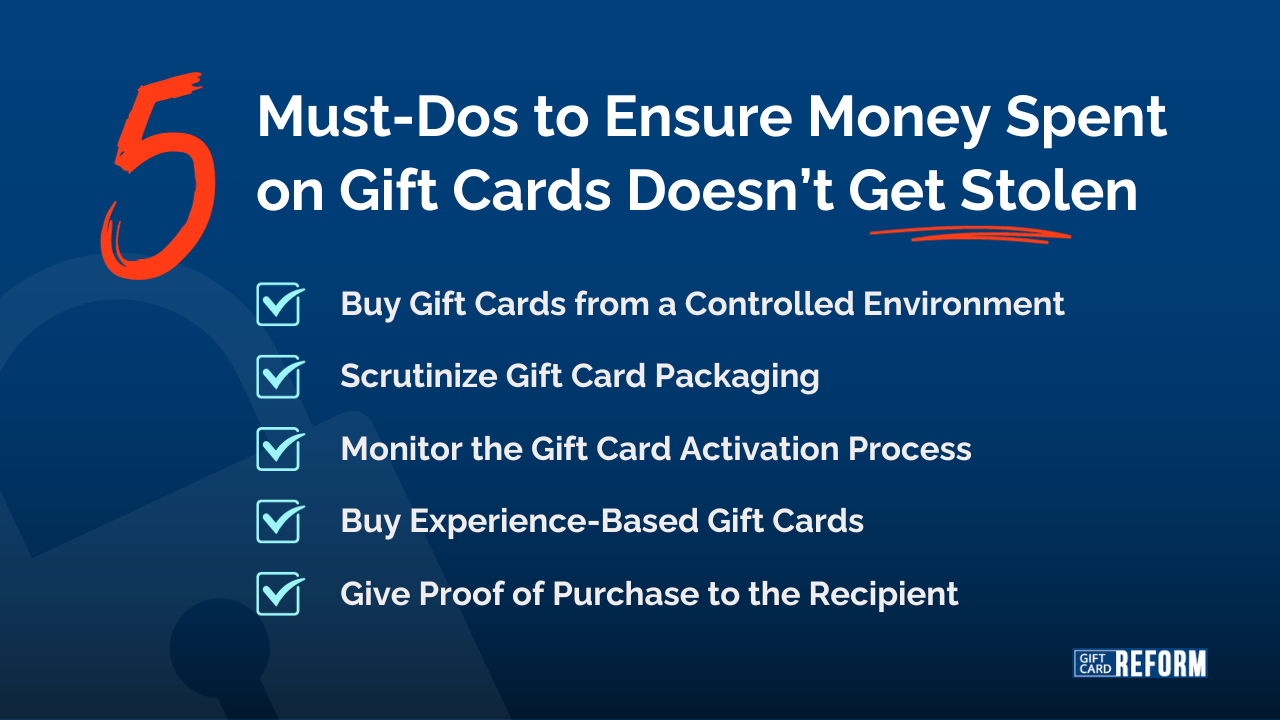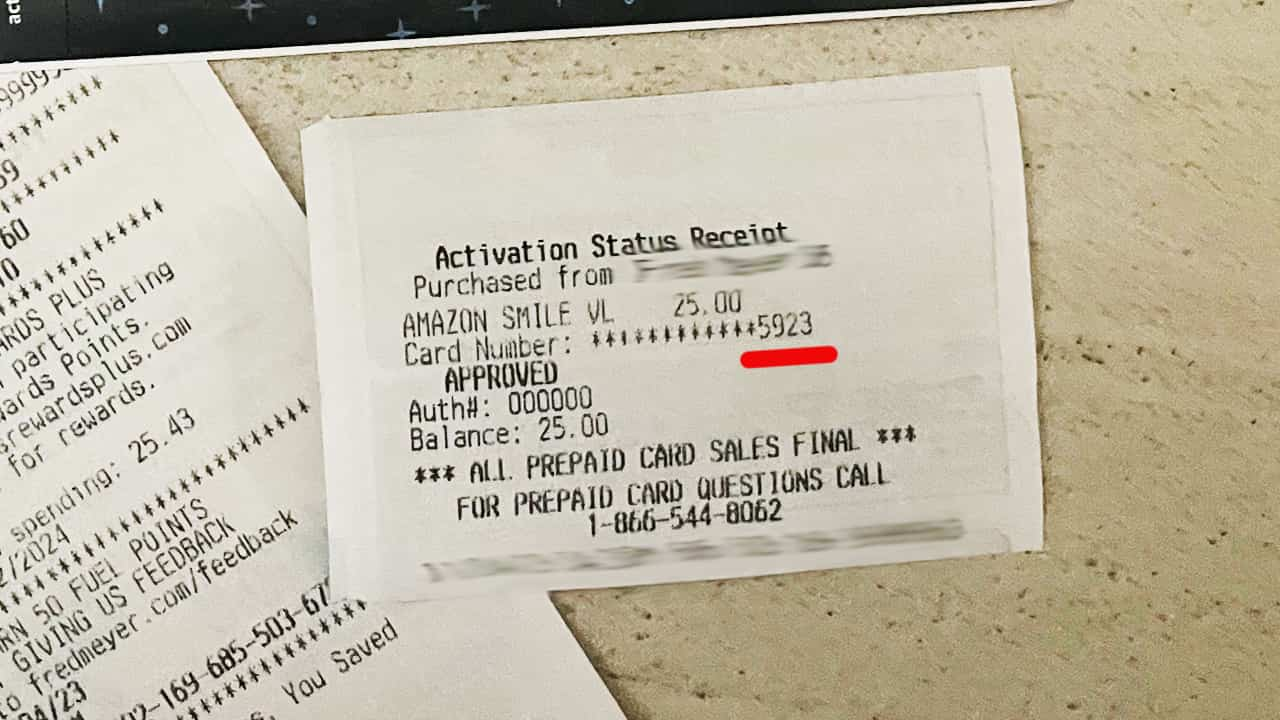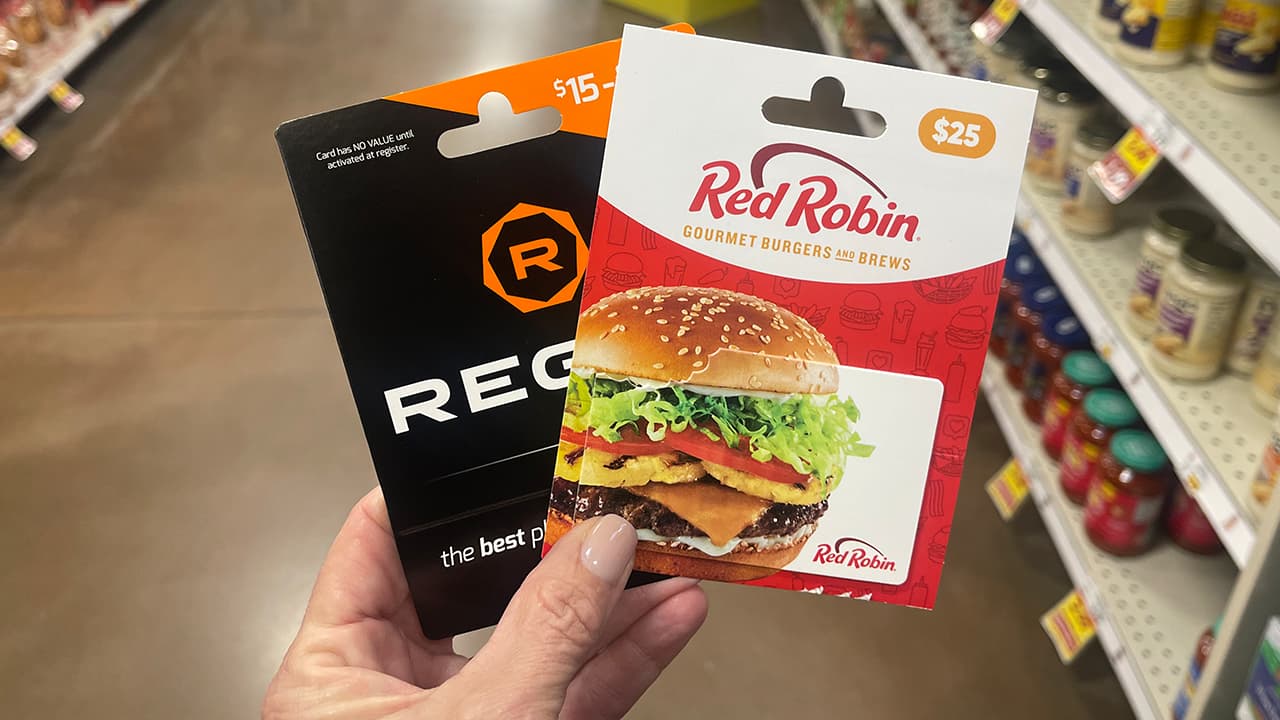Gift Cards Top the List Again
Gift cards may be the most requested holiday gift again this year, but the growing shadow of gift card fraud is putting a bit of a damper on my festive spirit going into the last two months of the year. But it shouldn't be that way.
I love the convenience and flexibility of gift cards (for both the giver and receiver), so I'm determined to help stores, restaurants, and other businesses shore up their gift card programs while (MOST IMPORTANTLY) teaching consumers how to have a safe and positive gift card experience in the meantime.
To be safe this holiday season, here's what consumers need to know (and do) when purchasing gift cards.

Beware Zero-Balance Gift Card Fraud
I'm using the term, "Zero-balance Gift Card Fraud" to describe when a customer purchases a gift card only to discover later there is no money on the card. There are many ways this can happen, but commonly, scammers physically tamper with cards on display in stores, noting the card numbers and security codes. After the compromised cards are purchased and activated by unsuspecting customers, scammers drain the funds before the purchasers (or gift recipients) can use the cards.
Five Ways to Avoid Zero-Balance Gift Card Fraud

1. Buy Gift Cards from a Controlled Environment
Unmonitored gift card displays are easy picking for scammers looking to tamper with gift cards. And retailers with large display racks full of gift cards create even more exposure because scammers can both mess with a single brand of gift card or swap activation from one brand to another. Going to the actual store or restaurant is the safest option because there are fewer gift cards to monitor, and scammers can't swap card numbers with another brand.
If you prefer digital gift cards, go directly to the brand's official website, where there will be a digital transaction record and customer service if the gift card is compromised.
Buying directly from the store or restaurant can also come with perks. Retailers like Sephora and Nike offer special packaging that doubles as a presentable gift. Holiday promotions often include bonus offers, like getting an additional gift card with a purchase. (Remember, though, that bonus cards may have usage restrictions, so always read the fine print.)
2. Scrutinize Gift Card Packaging
Scammers can skillfully access and alter gift card details. To combat this, first look for gift cards without exposed card numbers. Then, look for evidence of tampering, such as stickers, bent edges, lifted security seals, etc. You can compare a couple of cards to see if you notice a difference. If anything seems amiss, choose a different card and report your concerns to store management.
3. Monitor the Gift Card Activation Process
When buying a gift card, tell the cashier you need their help confirming the card you want to buy is the one the system activates. Check the point of sale display terminal, gift card activation receipt, and transaction receipt. Confirm that the gift card brand, numbers, and dollar amounts all match.

4. Buy Experience-Based Gift Cards
Scammers prefer cards that are easy to convert into cash or use online, such as gift cards for popular national retailers. According to the FTC, scammers are most interested in Target, Google Play, Apple, eBay, and Walmart gift cards because these cards can be quickly and anonymously sold for cash or used to purchase goods that can be sold.
Thus, we can reason that experience-based gift cards, such as those for restaurants, movie theaters, or other activities, are less appealing to scammers. They don't want hyper-local gift cards, service-specific gift cards (e.g., hair salon, nail salon), or niche markets either. Of course, scammers may still find a way to compromise these cards or use them as swap bait, but the chances of getting a zero-balance local gift card are less likely.

5. Give Proof of Purchase to the Recipient
Remember when we used to exert considerable effort to hide how much we spent on a gift? We removed price tags, scratched off monetary values, and used markers to conceal how much we spent, all to keep the focus on the sentiment rather than the price. Gift cards changed all that. With gift card fraud, you not only need to tell the recipient how much is on the gift card, but you need to give them proof of purchase, too.
When giving someone a gift card, snap a photo of the purchase and activation receipts before tucking them into the gift card packaging. Tell the recipient to let you know if there's a problem. Hopefully, the card will work as intended, but it is better to say something than never find out your money got stolen.
In Summary
After all that, you may be thinking I've lost my love for gift cards. Not so. I love how easy and convenient it is to give and receive gift cards. And I especially love getting to pick out my own presents.
But as credit and debit cards have become more secure, scammers have turned to gift cards--one of the few remaining anonymous financial instruments. Until we do something about that, consumers must check gift card surroundings, scrutinize packaging, watch the activation process, choose less popular gift cards, and give receipts to the recipient. It's not quite the easy-breezy gift card experience we once knew, but these are needful steps to protect you and your giftees from gift card fraud this season.
If you have questions about gift card fraud or more suggestions on protecting consumers, comment below. Else, here's to ensuring your gift cards are as secure as they are generous.
Take care,
Shelley
Oh Hey - Is your gift card certified? Show consumers you are serious about making gift cards easy to use, fraud-free, and guaranteed by signing up to be a "Gift Card You Can Trust."
